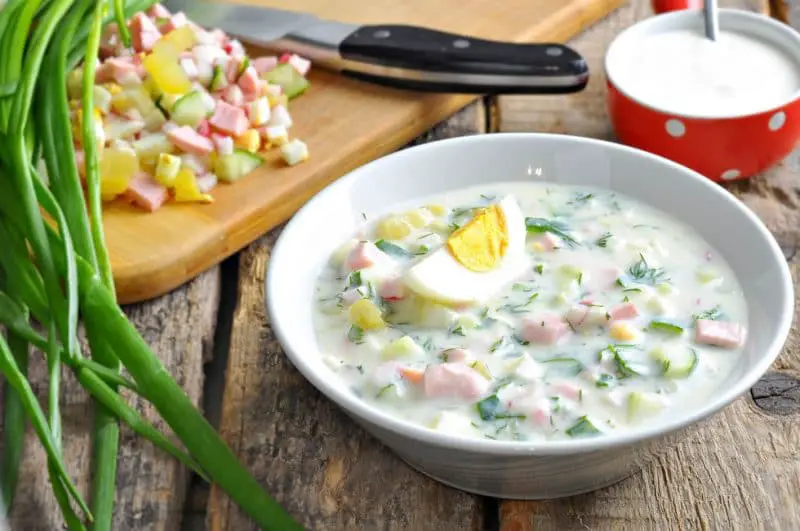Okroshka (Окрошка) is a cold soup that probably originated in the Volga region of Russia. Because of its light, refreshing taste, it is popularly served in summer. The soup usually consists of diced vegetables, eggs, and meats in a base of either kvass or kefir and is often garnished with sour cream. Best known in Russia, it can be found throughout the former Soviet space.
How Okroshka Got Its Name
(Почему так называется?)
Mentions of kvass and okroshka date back to some of Russia’s earliest chronicles, with the first being in 1096, when there existed only the roots of what we know today as the Russian state.
Okroshka most likely derives its name from the Old Church Slavonic «крьшити», which in modern Russian corresponds to the verb «крошить», meaning to crumble, break, or chop into small pieces. As in many Russian soups and especially salads, chopping the ingredients to a small, uniform consistency is a large part of the art of its preparation.
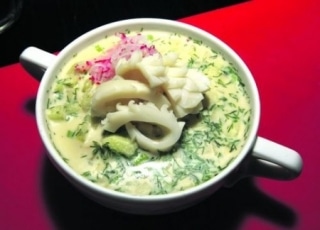
Okroshka is classed as a “похлëбка” (pokhlyobka), which basically means that it can be composed of various and often indiscriminate odds-and-ends that might need to be used up. Okroshka can have everything from mushrooms, meat, fish, eggs, beets, vegetables, and/or even fruit floating in it, depending upon the nationality of the person making it, the occasion, and what happens to be on hand.
Although okroshka is Russian, its inspiration may have been Turkic in origin. Similar soups can be found in many Turkic cultures and Turkic peoples were (and still are) settled along the Volga region where okroshka is believed to have originated. Analogues include “овдух” (ovdukh) from Azerbaijan, which is very similar to okroshka but usually made with boiled beef and exclusively made with “кефир” rather than “квас.” In Uzbekistan, “чалоп” is local version soup made with a sour-milk product called “катык” and is usually meatless.
How and When Okroshka Is Eaten
(Как правильно есть окрошку?)
The most standard vegetables used to make okroshka are fresh cucumbers, boiled potatoes, radishes, and various greens such as scallions and dill. Most common for meats are diced ham or soft, boiled-type sausage such as “докторская колбаса” (doctor’s sausage), a type of bologna developed in the USSR. However, beef, veal, or other types of sausages can also be used.
Other, less common regional variations include using cooked beets in the recipe (found in Ukraine and the Baltics) or adding walnuts (associated with Bulgaria).

Both traditional bases – kvass and kefir – are fermented foods. This means that they have a small alcohol content – as all fermented foods (like yogurt, kimchi, or traditional root beer) do. These all have less than 1% alcohol content, which means that the alcohol gives the foods a slight bite to their taste, but eating them will not get you drunk.
Instead, the probiotics in the foods as well as the very small alcohol content have several health benefits for one’s digestive and cardiovascular systems. Some also say that the probiotics have good effects on your hair, skin, and energy levels.
Okroshka is, by and large, a summer dish, as the refreshing and cool kvas or kefir that is at the heart of the dish are perfect ways to “beat the heat” of a Russian summer (which can get quite hot). Many also associate the soup with the “дача” (dacha), the traditional “second home” that many Russians keep as a way to escape the city on weekends. It is a common and easy summer lunch often had at a dacha, where one might make it using vegetables taken straight from the garden. It can also be found in restaurants as a seasonal dish.
Certain окрошка variations might be eaten at certain times on the Orthodox calendar. One of the best examples of this is the окрошка eaten during Peter’s Fast (the Apostles’ Fast). This fast, which begins a week after the “День Святой Троицы” (Day of the Holy Trinity; in the West often called “The Pentecost”), a date which can range from early June to early July, and ends on July 12 with the feast of Peter and Paul, requires that the observant eat neither meat nor dairy. Thus, the natural solution for the inhabitants of water-rich Russia, which contains more freshwater than any other country on earth, is to eat fish, a shift reflected in the “рыбная окрошка” (rybnaya okroshka) eaten during this portion of the summer.
Okroshka is always served cold. Beyond that, there are no unique standards of presentation. Some chefs will garnish it with various ingredients such as sour cream, garlic, horseradish, mustard, one half of a hard-boiled egg, and/or dill; others will serve it “as is”.
To eat okroshka, you only need a spoon and a hungry stomach. It is a very healthy, oil-free, and inexpensive dish that can be eaten as a starter or a meal.
Preparing Traditional Okroshka
(Как правильно готовить окрошку?)
Classic okroshka is dominated by boiled eggs and potatoes as well as diced bologna and cucumbers. It is served in kvas or kefir and seasoned with dill and/or green onion.
Preparing okroshka is very easy and can be done in half an hour. The longest element will be preparing the boiled potatoes. Boil them until soft, but not until they are mushy. They should still have enough firmness to be cut into cubes without falling apart. One recipe below for kefir okroshka suggests simply grating the potatoes and leaving them raw, for extra crunch. You can use boiled or grated potatoes for either recipe, depending on your personal taste.
The next longest cooking time will be the boiled eggs.
The debate on whether kvas or kefir is an intense one, with Russians usually being solidly in one camp or the other. Kvas appears to be the older and likely more traditional choice for Russian culture, while recipes using kefir are generally associated more with Central Asian, Eastern European, and Caucasian cultures. Some Russians point to the old Russian belief that mixing dairy products and cucumbers (a common ingredient in okroshka) is bad for the digestive system. However, both variants of the soup can be easily found across Russia. It will be up to you to decide which camp you fall in.

If one chooses to use kvas, care must be taken in which type to use. Most store-bought kvas is too sweet for producing good okroshka. Traditional kvas is, on the contrary, rather sour, a hallmark of the painstaking brewing process. This sourness contrasts beautifully with the saltier notes of the vegetables and/or meat in okroshka and helps to pull the dish together.
There are also several different types of traditional kvas, including even a very concentrated version used in past centuries for skin treatments. The two main divisions, however, are “белый квас” (white kvas) and “красный квас“(red kvas). White kvas is simpler, less processed, and less sweet, having undergone a much less rigorous heating process than красный квас, and making it the best of the kvas family to use for making an okroshka. In Belarus, a version of kvas is made using beets and is popular for the local okroshka there. For more on kvas (and how to make your own!) click here.
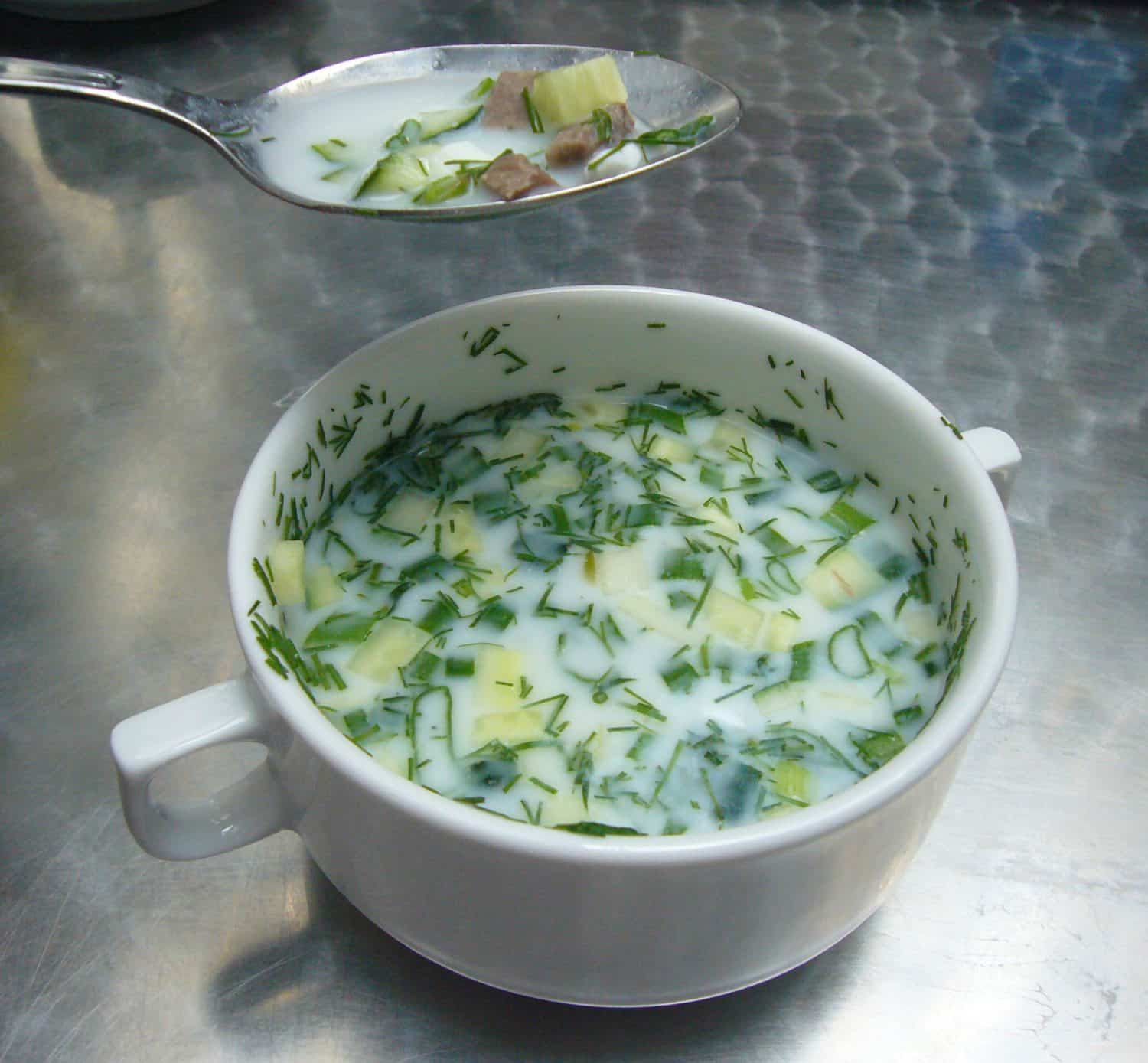
Kefir okroshka often has sparkling water added. Borjomi, a Georgian mineral water that is naturally high in salt and other minerals is the favored water to use for this. Borjomi is so known for its health properties that the water is one of the tiny country’s major exports. If you use Borjomi, you might need to reduce your added salt by about half. The added minerals and strong carbonation will also add an extra kick to the soup.
Some cooks will additionally add about a tablespoon of strong Russian mustard (or two tablespoons of Dijon) to the vegetable/meat mixture per liter of kvass or kefir. This will give the soup a slightly bolder flavor.
Thus, while okroshka may be a simple dish, it by no means offers only simple flavors. It allows for a surprising amount of creativity. The dish, best served, will deliver a salty-tangy flavor, and mixes the smoothness of the kefir or kvass with the crunch of fresh vegetables.
Lastly, always remember that adding of the kefir or kvas is actually the last step in making the okroshka! The texture of the dry ingredients would be irrevocably changed to a soggy mass were one to add them to the okroshka rather than the other way around. It is possible to make batches of “dry” okroshka and keep it chilled in the refrigerator for a few days (chilling it at least overnight will improves the flavor) and then you can scoop out servings and add kefir or kvas as needed.
P.S. It is interesting to note that all forms of okroshka have ingredients similar to those of Olivier Salad (салат «Оливье»). For more on that traditional Russian salad, click here.
Let’s Cook Okroshka!
(Давай приготовим!)
See below for several free recipes for okroshka. See also the free videos below. If you are interested in cuisines from Russia, Ukraine, Georgia, and other places in Eurasia, make sure to see all our free recipes! You might also be interested in the following specialized cookbooks we’ve enjoyed:
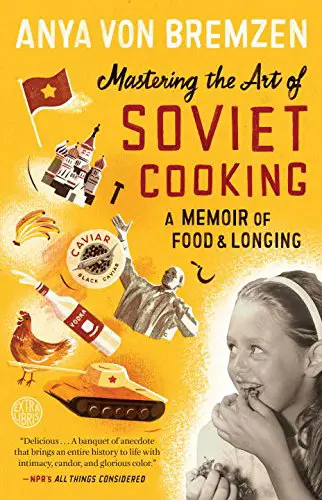 |
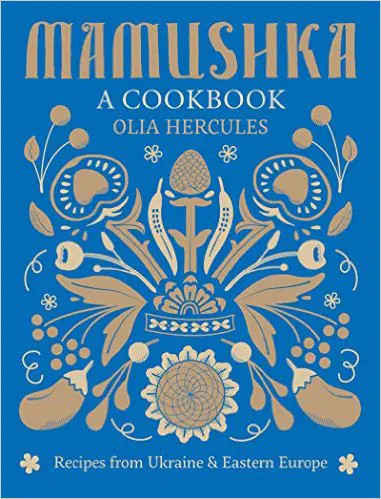 |
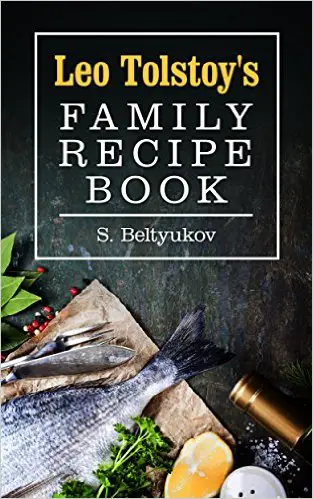 |
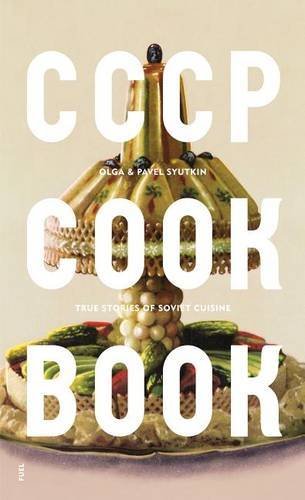 |
| Oкрошка (на квасе) | Okroshka (with kvass) |
Ингредиенты:
Приготовление: 1. Картофель и яйца отварить до готовности, очистить и нарезать кубиком. Нарезать огурцы, редис и колбасу. 2. Мелко нарезать укроп и зеленый лук. 3. Соединить все подготовленные ингредиенты, посолить, заправить сметаной. 4. Добавить квас по вкусу (кто-то любит погуще, а кто-то пожиже). |
Ingredients:
Preparation: 1. Boil the potatoes and eggs, then peel and cut them into cubes. After that, chop the cucumbers, radishes and sausage. 2. Finely chop the dill and green onions. 3. Combine all the prepared ingredients. Season with salt and sour cream. 4. Add kvass to taste (some like it thicker and some thinner). |
| Oкрошка (на кефире и воде) | Okroshka (with kefir and water) |
Ингредиенты:
Приготовление: 1. Яйца отварить вкрутую, остудить, очистить. Вымыть редис, огурцы, зелень. Огурцы очистить от кожицы. 2. Картофель очистить от кожуры. Картофель, огурцы, редис, яйца натереть на терке для моркови по-корейски. Овощи получаются в виде длинной тонкой соломки. 3. Копченую колбасу тонко нарезать электрической ломтерезкой. Затем нарезать тонкой соломкой. 4. Кефир и минеральную воду взбить блендером, посолить, поперчить. 5. Лук и укроп мелко нарезать. Выложить в кастрюлю все подготовленные продукты, залить кефирной смесью, перемешать. Поставить в холодильник. 6. Разлить по тарелкам, добавить сметану. Перемешать. Можно добавить кубики льда. |
Ingredients:
Preparation: 1. Hard boil, cool, and peel the eggs. Then wash the radishes, cucumbers, and greens. Peel the cucumbers. 2. Peel the potatoes. Then julienne the potatoes, cucumbers, and radishes using a grater. 3. Thinly slice the smoked sausage with an electric slicer and further slice them into thin strips. 4. Mix the kefir and mineral water in a blender. Add salt and pepper. 5. Finely chop the onion and dill. Put all the prepared ingredients in a saucepan, pour in the kefir mixture, and stir. Put in the refrigerator. 6. Pour on a plate and add sour cream. Stir. You may add ice cubes. |
| Окрошка постная с солеными грибами | Meatless Okroshka with Pickled Mushrooms |
Ингредиенты
Приготовление
|
Ingredients
Preparation
|
| Окрошка рыбная | Fish Okroshka |
Ингредиенты
Приготовление
|
Ingredients
Preparation
|
Our Favorite Okroshka Videos
A very good basic video on preparing okroshka. It takes you through step-by-step in very clear, deliberate Russian. Sure makes us want to try some!
In this video, a Russian grandmother, with slow, clear instructions, shows you how to make okroshka with kefir.
This video is from a Russian YouTube channel called “Spasibo Chef” or “Thank You Chef,” which is a channel dedicated to food and cuisines from around the world. In this video, detailed steps on how to make okroshka with kvass are explained.
Vladimir Zhirinovskii, the colorful leader of the Liberal Democratic Party of Russia, makes the largest batch of okroshka on record! He also shares an interesting secret to his okroshka recipe. Notice that he mentions the importance of the type and quality of квас used.
You Might Also Like
Kupala is an ancient Slavic holiday celebrating the summer solstice, or midsummer. Once part of a series of annual rituals, it marked and was believed to sustain agricultural cycles—essential to early human survival. Held as vitally important, these pagan traditions remained deeply rooted even after Christianization, technological change, and centuries of oppression tried to dislodge […] Easter breads such as kulich, paska, choreg, and nazuki are delicious Easter traditions. Easter is by far the most important religious holiday for those practicing Eastern Christianity. In addition to church services and egg dying, the holiday is also marked across the cultures by ritual bread baking. Despite the wide geographic area covered by Eastern […] Below, Tajik blogger Roxana Burkhanova describes, in Russian, the place of St. Petersburg in Russian culture. She discusses the city’s history as well as its literary heritage, its nightlife, and even how people from Petersburg speak their own, slightly different dialect of Russian. The text was originally written in 2015 and thus references times before […] Rites of welcoming spring and saying goodbye to winter are some of the oldest holidays preserved across Slavic cultures. In the Baltics, the celebrations were nearly lost after being suppressed by Catholic and imperial dominance. Today, Russia’s Maslenitsa is by the far the best-known, but multiple versions exist across the diverse Slavic landscape. In the […] This extensive list of web resources to assist students learning the Russian language was developed by SRAS and is now hosted on Folkways, part of the SRAS Family of Sites! Disclosure: Some of the links below are affiliate links. This means that, at zero cost to you, we will earn an affiliate commission if you […]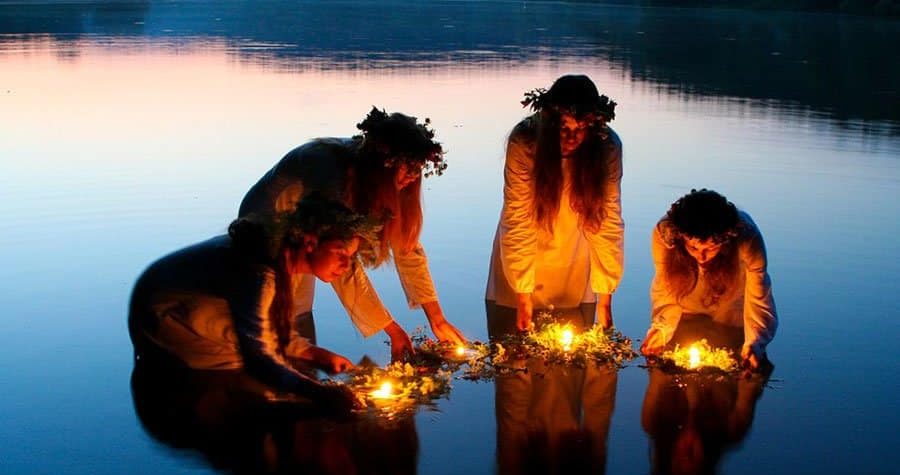
Kupala: Ancient Slavic Midsummer Mythology and its Modern Celebration
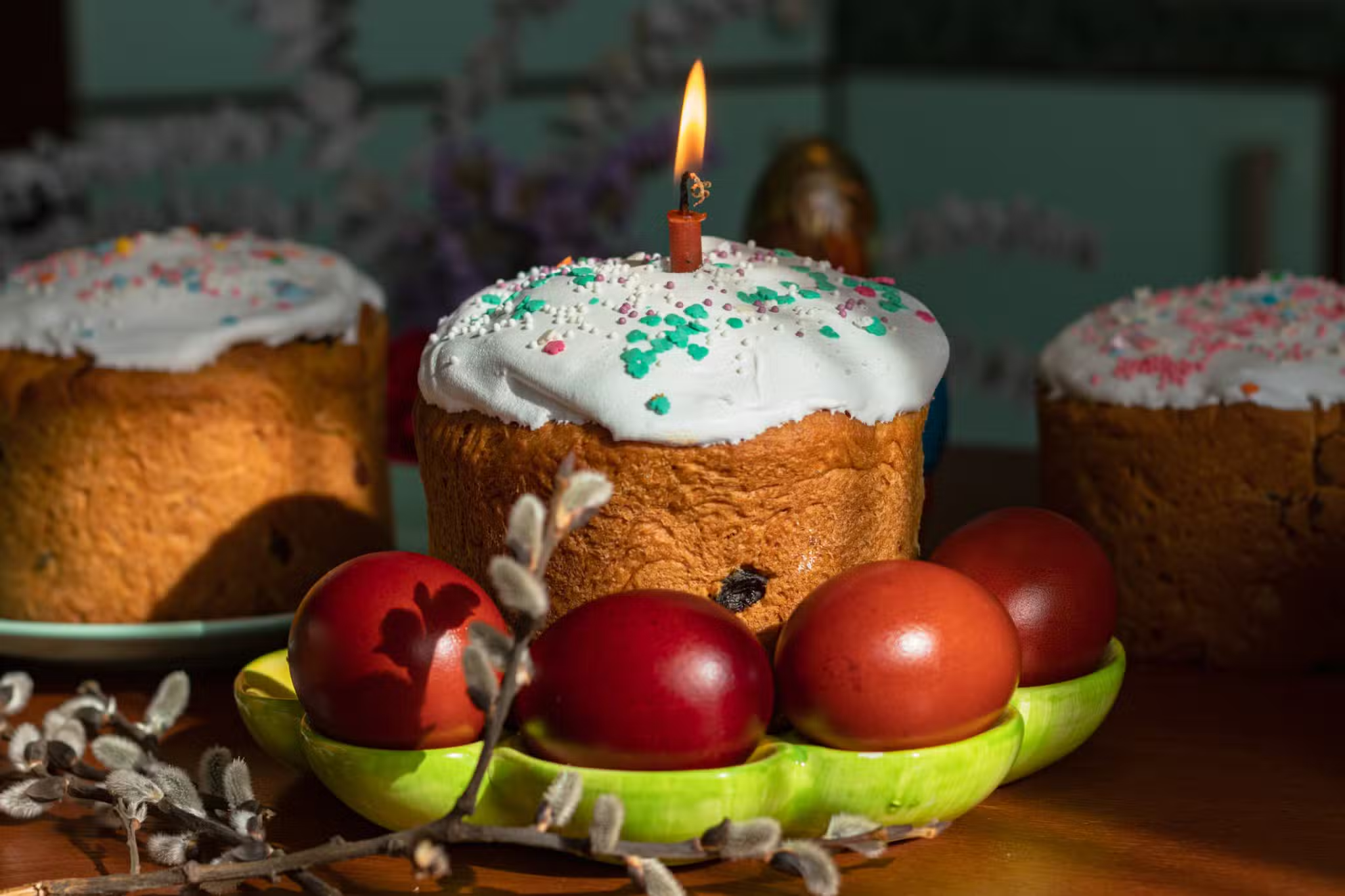
Kulich, Paska, Nazuki: The Easter Breads of Eastern Christianity
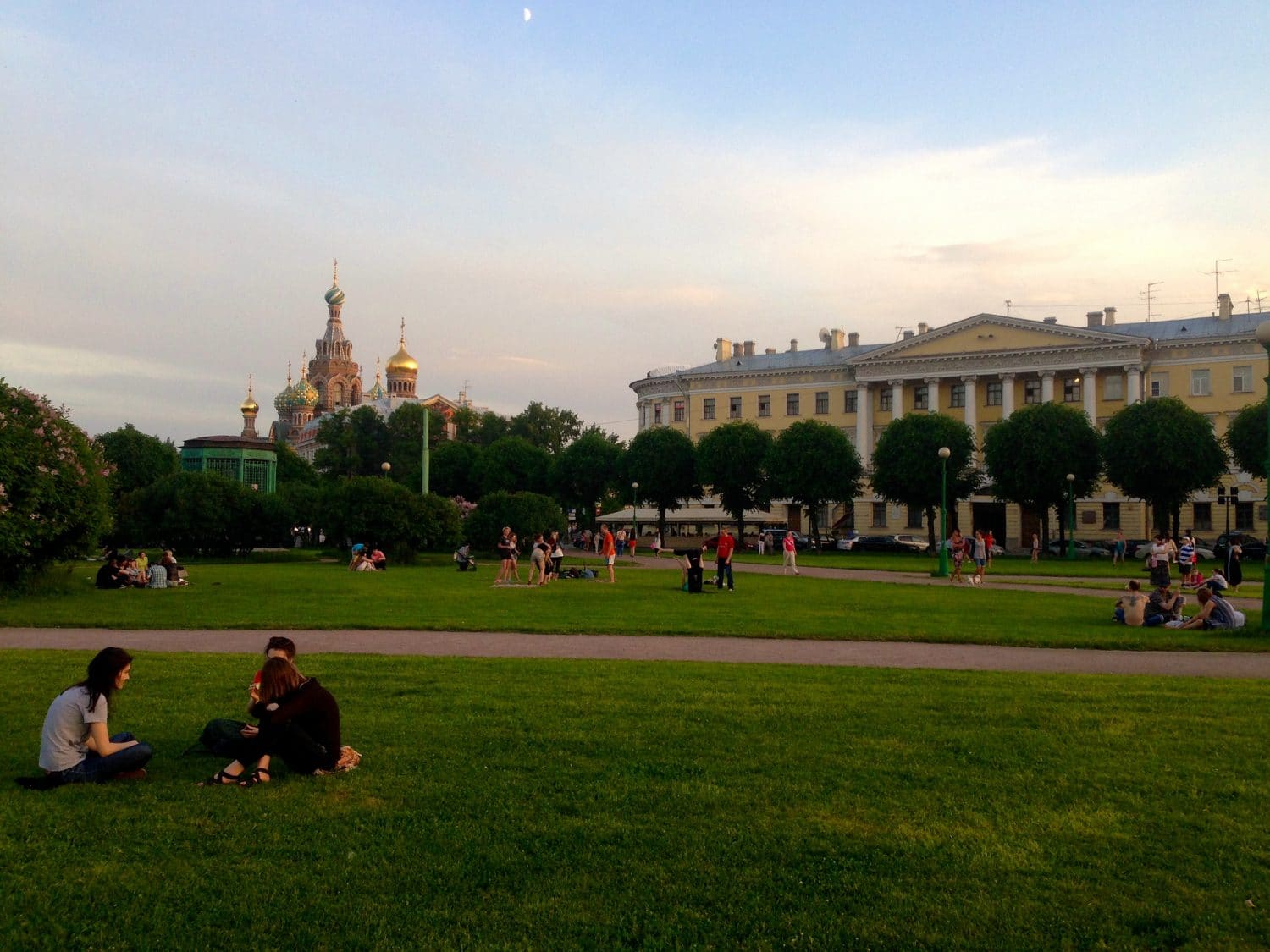
Off to Petersburg, Russia’s Cultural Capital: Моя Россия Blog
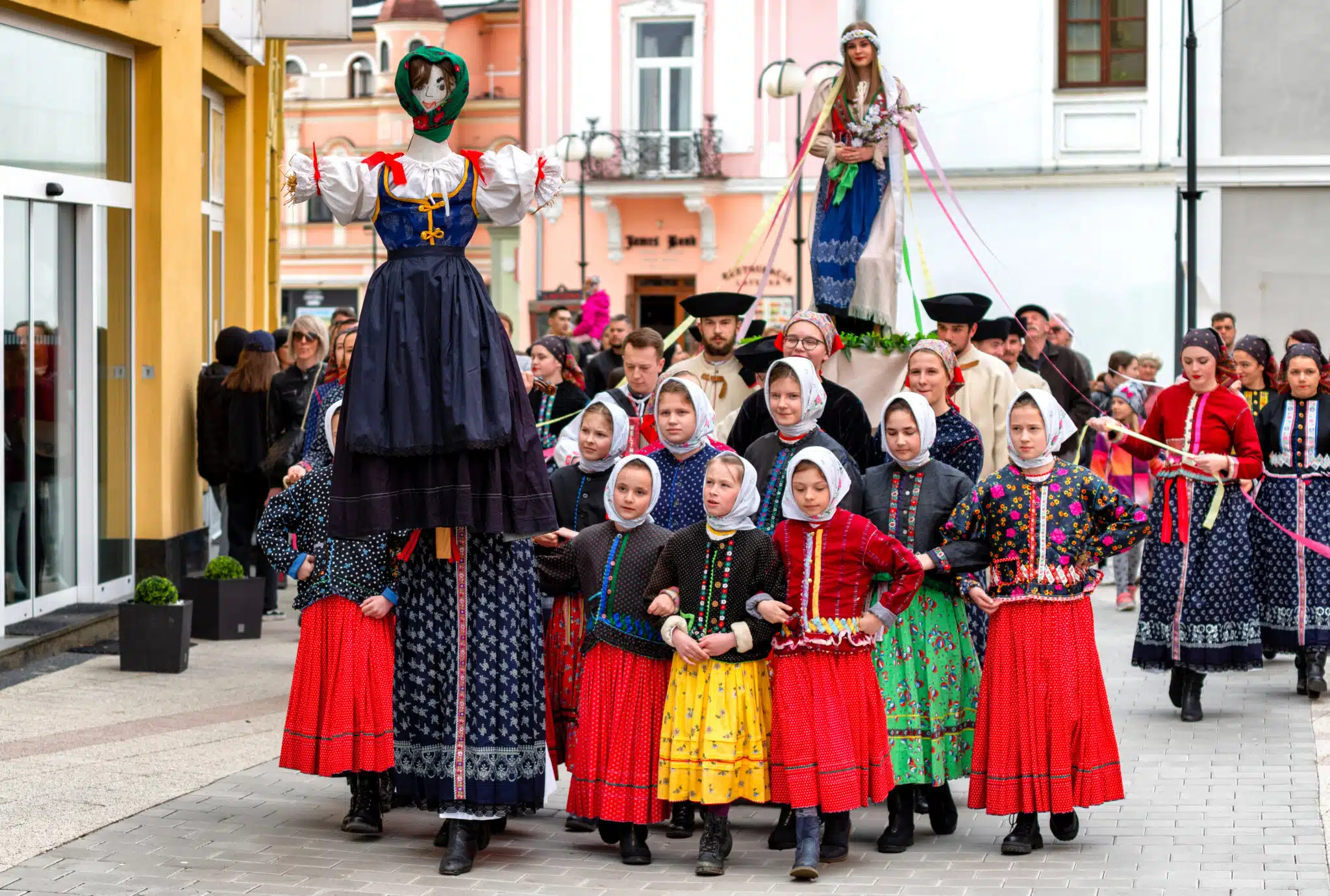
Maslenitsa, Masliana, Meteņi: Spring Holidays of the Slavs and Balts
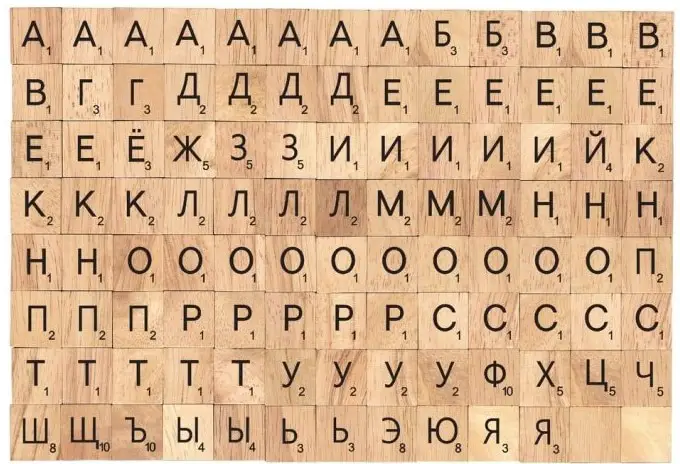
Resources for Students of Russian

